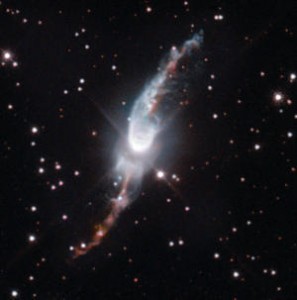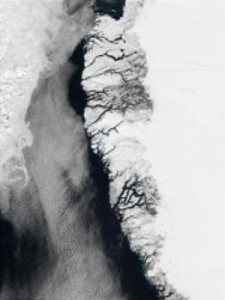Imagine what life was like if all digital devices are comprised of plastic semiconductor? This kind of lifestyle is just around the corner as researchers and engineers at University of Michigan have developed a new method for currents to flow in semiconducting polymers.
Historically, semiconducting polymers like poly(alkylthiophenes), and some PPVs are unruly bunch. Each years millions of organics chemicals are synthesized and each day new materials appear on the market for sales. With a vast amount of new organic chemicals and polymers generated, the overal chemical industry is approximately worth billions of dollars. What make semiconductors so unique is that it is the key ingredient for computer processor, solar cells, LED displays and much much more.
Current issues about these semiconductors are that they cost consumers’ wallets. Alternatives such as inorganic semiconductors like silicon require high temperatures in excess of 2,000 degrees Fahrenheit and these vacuum systems for electronics processing are certainly not cheaper and greener than the former semiconductors.
The search for a cheaper and greener “paint-on” plastic electronic that could pave the way for economical, environmental, polymer material is on! Researchers led by Professor Dr. Jinsang Kim of Univerisity of Michigan has synthesized for the first time a thin-layer, conducting, highly aligned film for superior performance that can be paint or write on plastic electronics.
Kim’s group approached the idea by first designed a slippery polymer which are ordinary polymers that glom togehter like flat spaghettis. The next process involving researchers selecting polymers with a natural twist and prevent them from sticking to one another in the applied solutions. In order to achieve the effect of alignment during the brushstroke, Kim’s group carefully designed their polymer to untwist as the solvent dried up. They then stopped the unaligned polymers from conglomerate through addition of flexible arms that extended off to the sides of the wire-like thin polymer.
The result? A big breakthrough! The first complete molecular semiconducting polymer is born! After several testings, the results are that it works!

Kyeongwoon Chung, Macromolecular Science & Engineering PhD Student, sets up the contact coater to align the surfaces properly for the application of high performance plastic semiconductors.
“By combining the established molecular design principle with a polymer that has a very good intrinsic charge carrier mobility, we believe it will make a huge difference in organic electronics,” Kim said.
True to his words, the university is seeking commercialization partenrs to help bring the technology to the market.
This is the initial stage of a new type of polymer that eventually become a polymer that defines the next generation of high technology materials. More to come as new materials are constantly rolled out of the billion dollar chemical industries.












